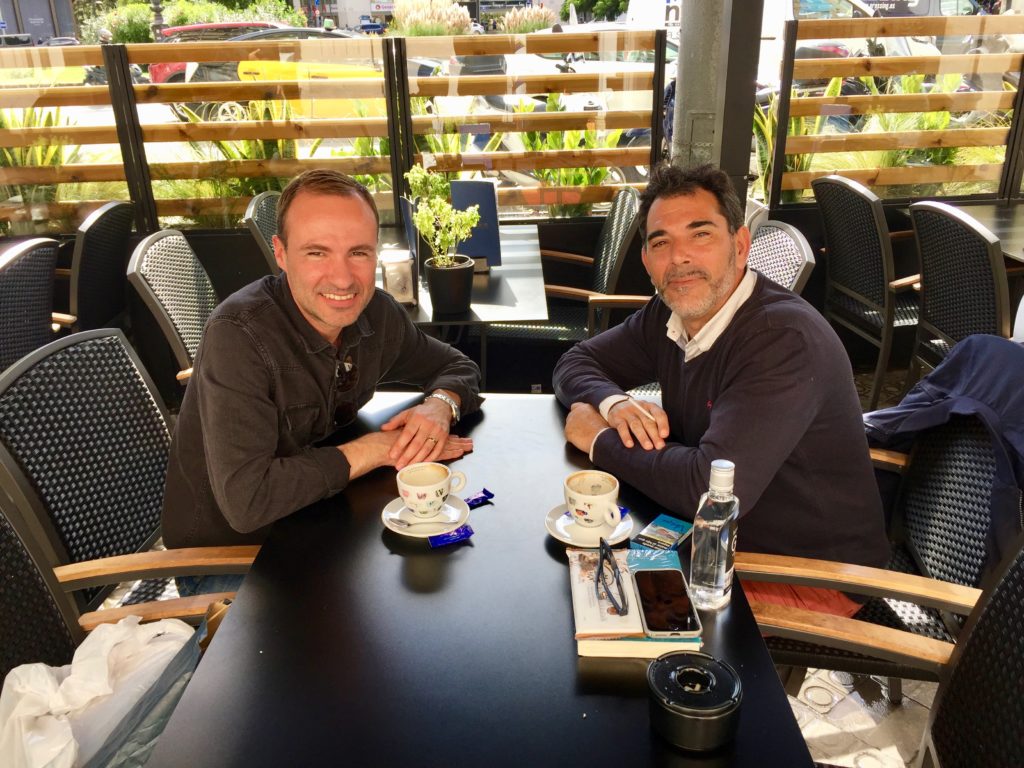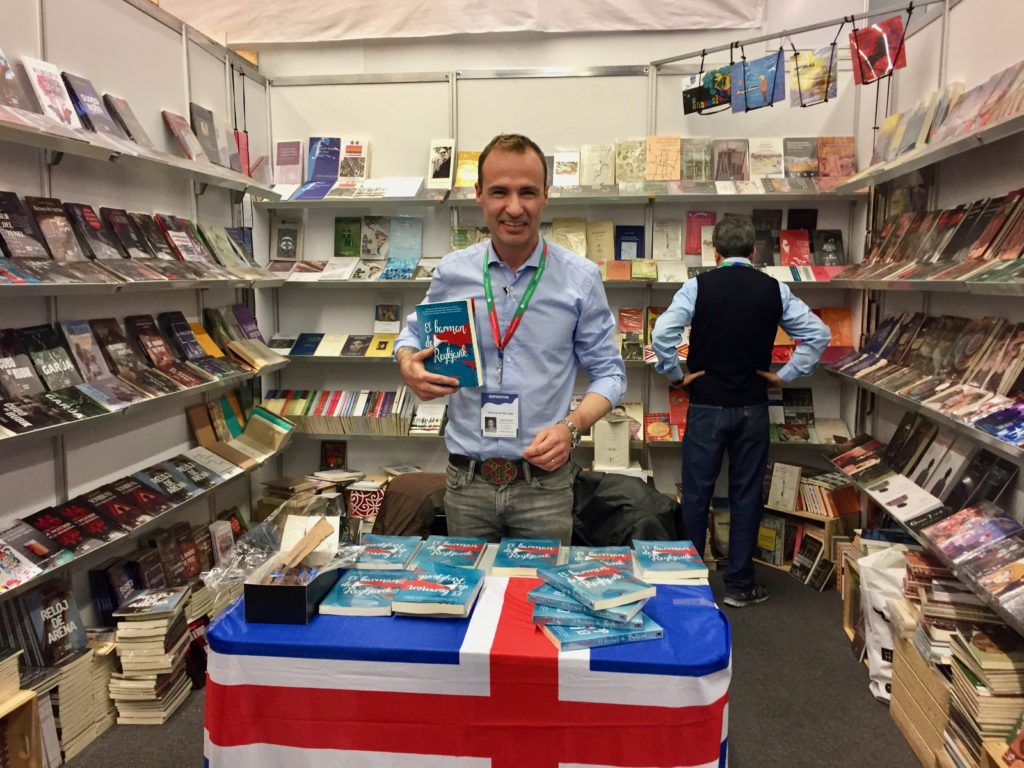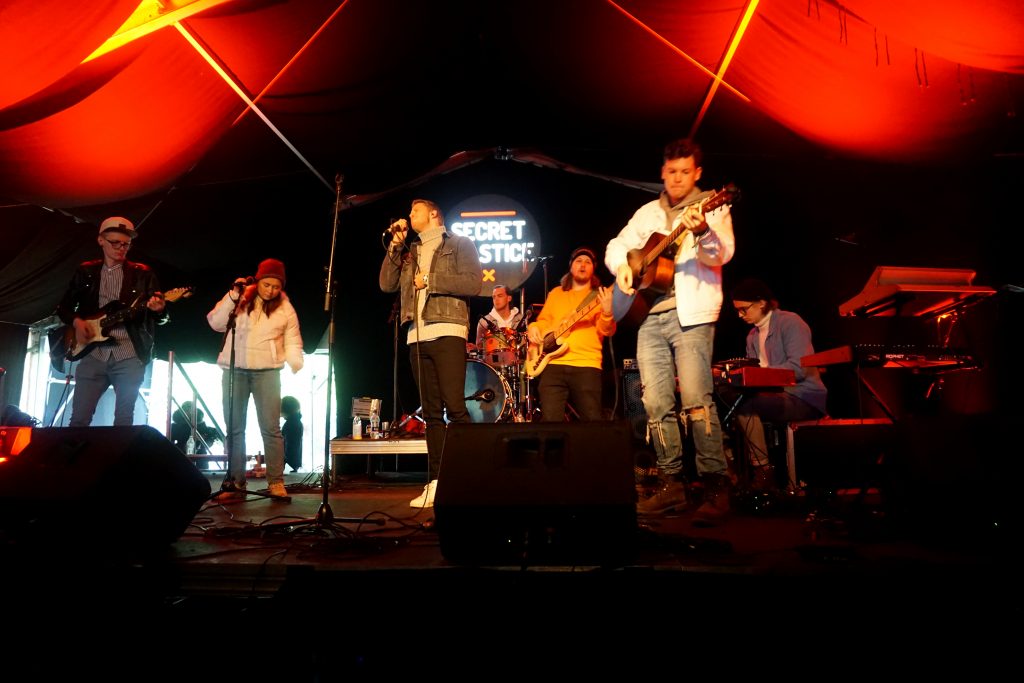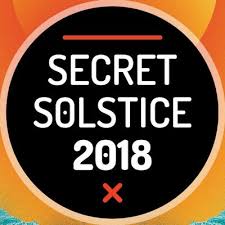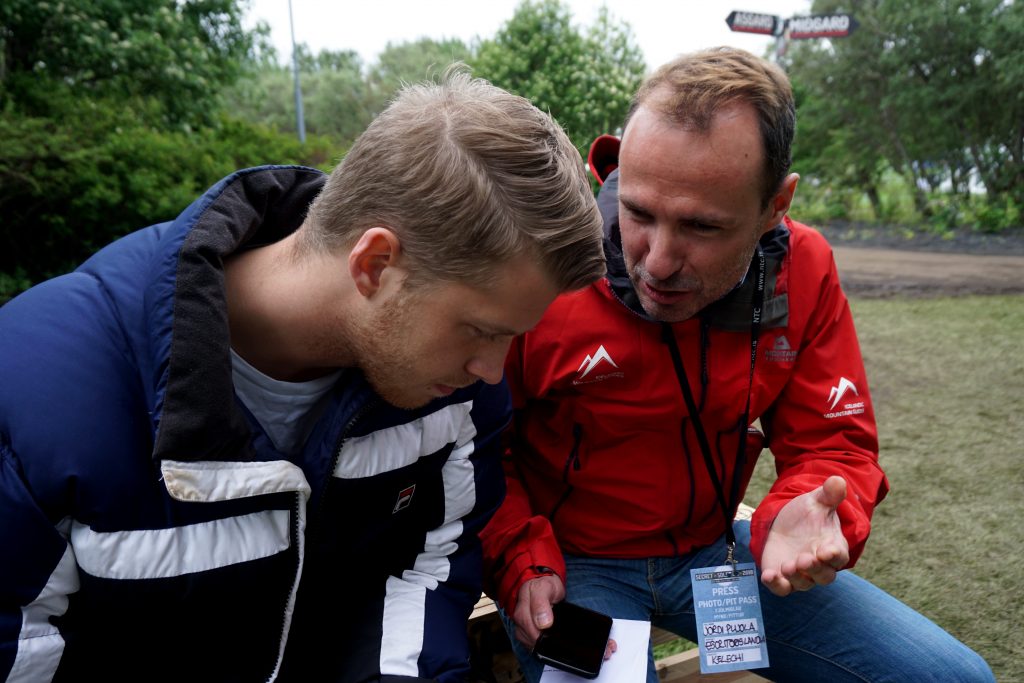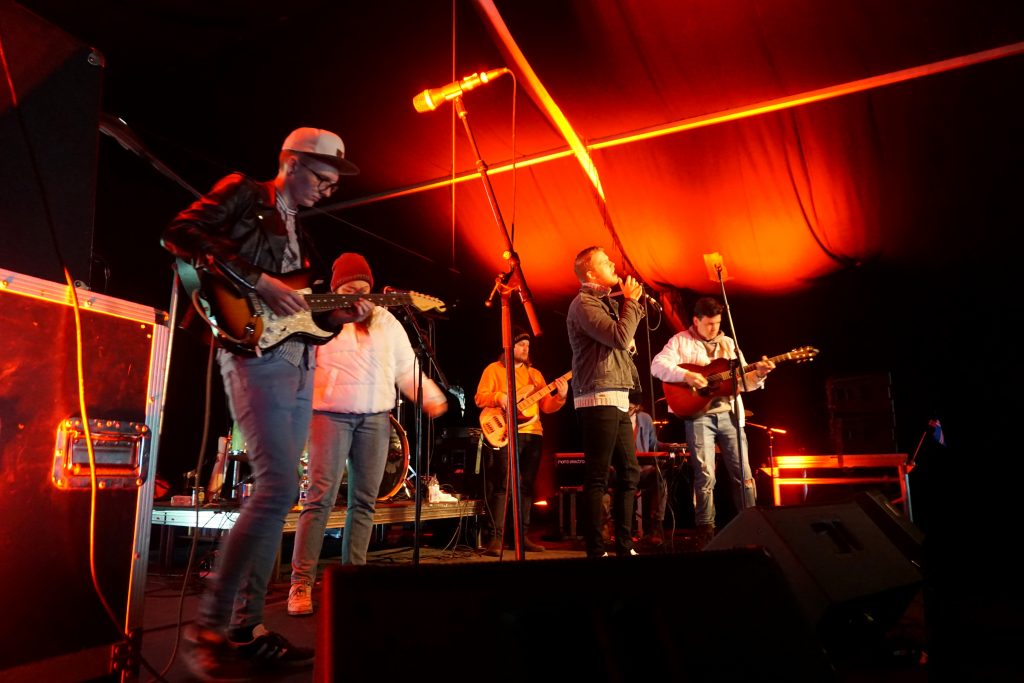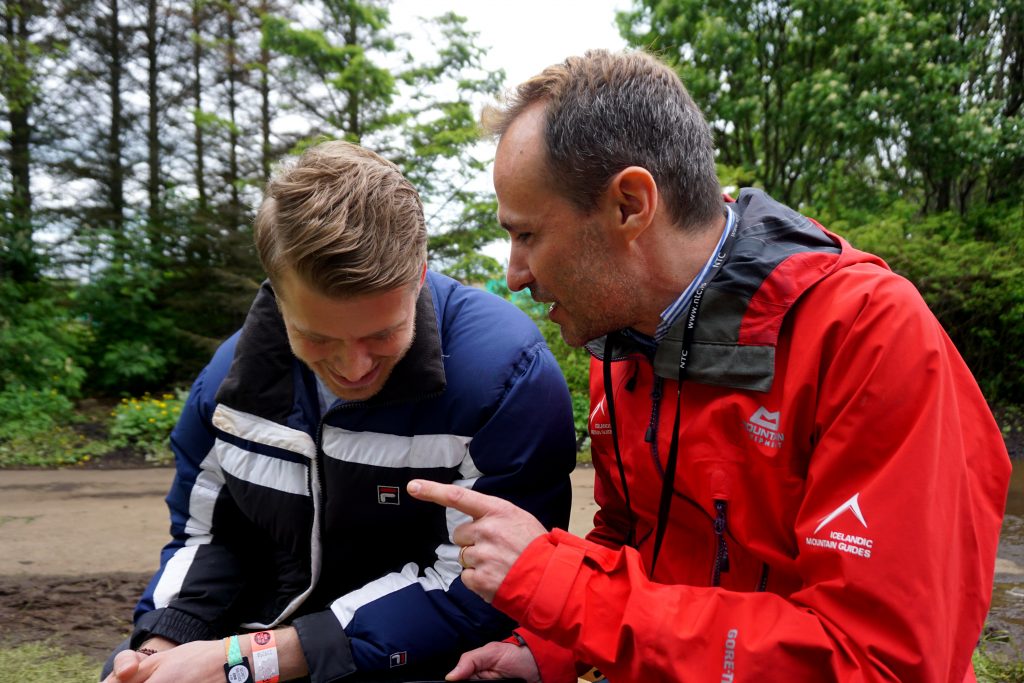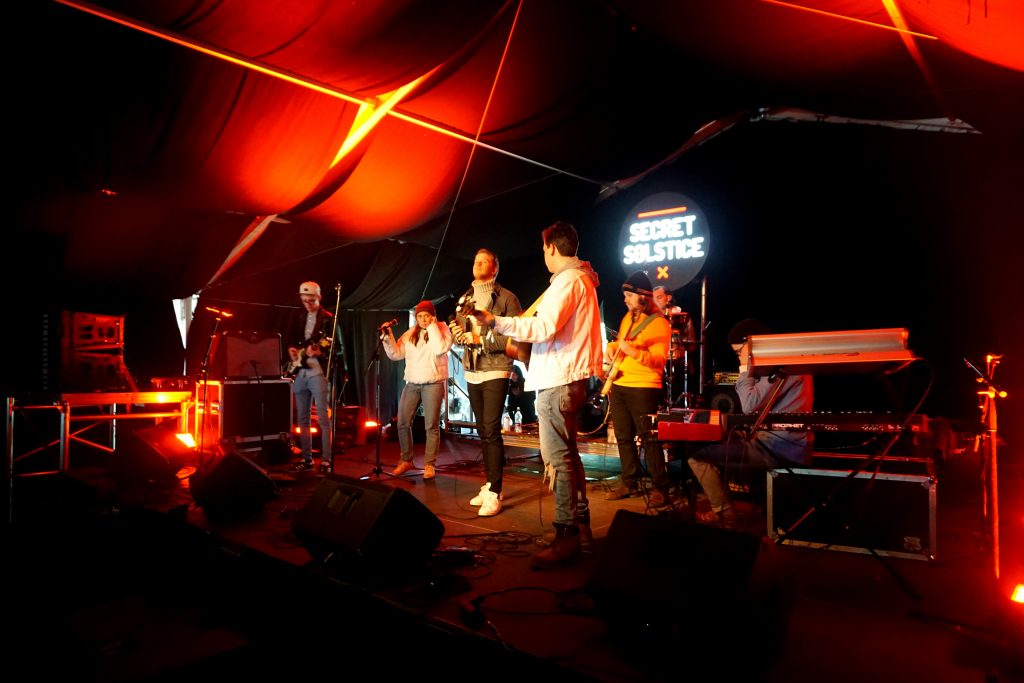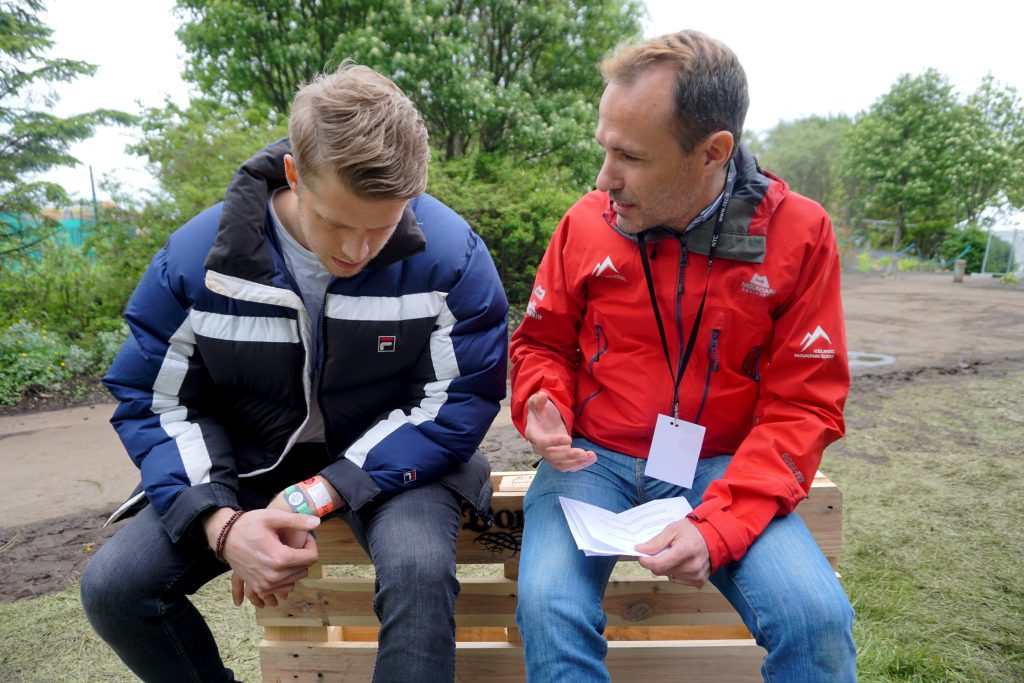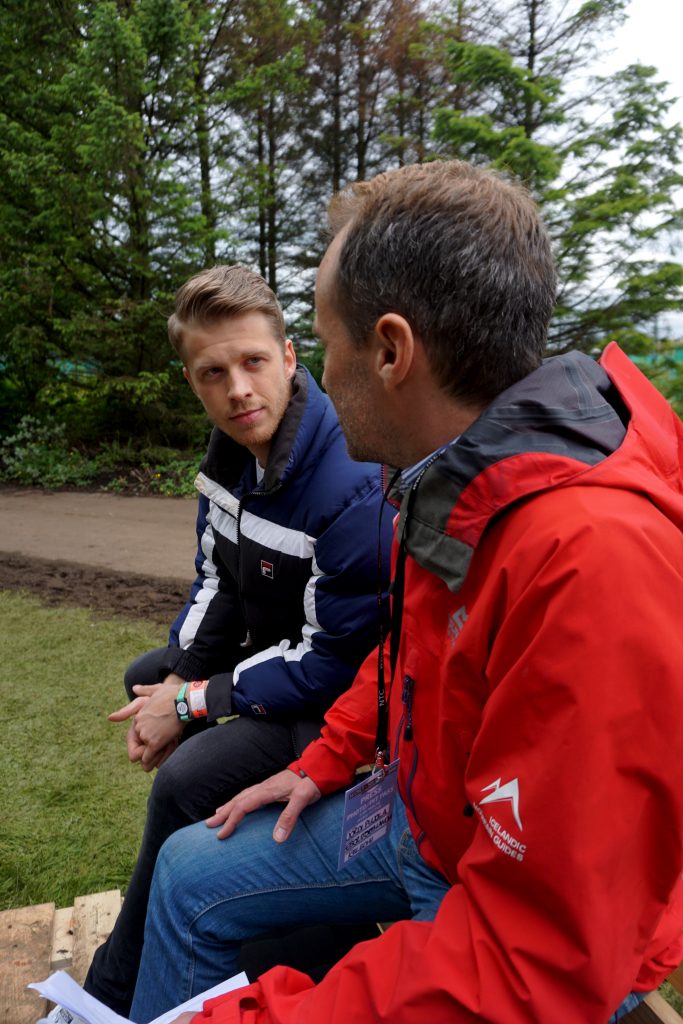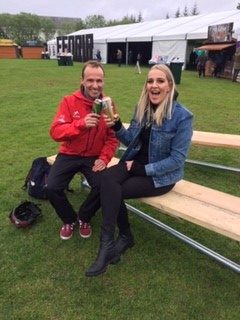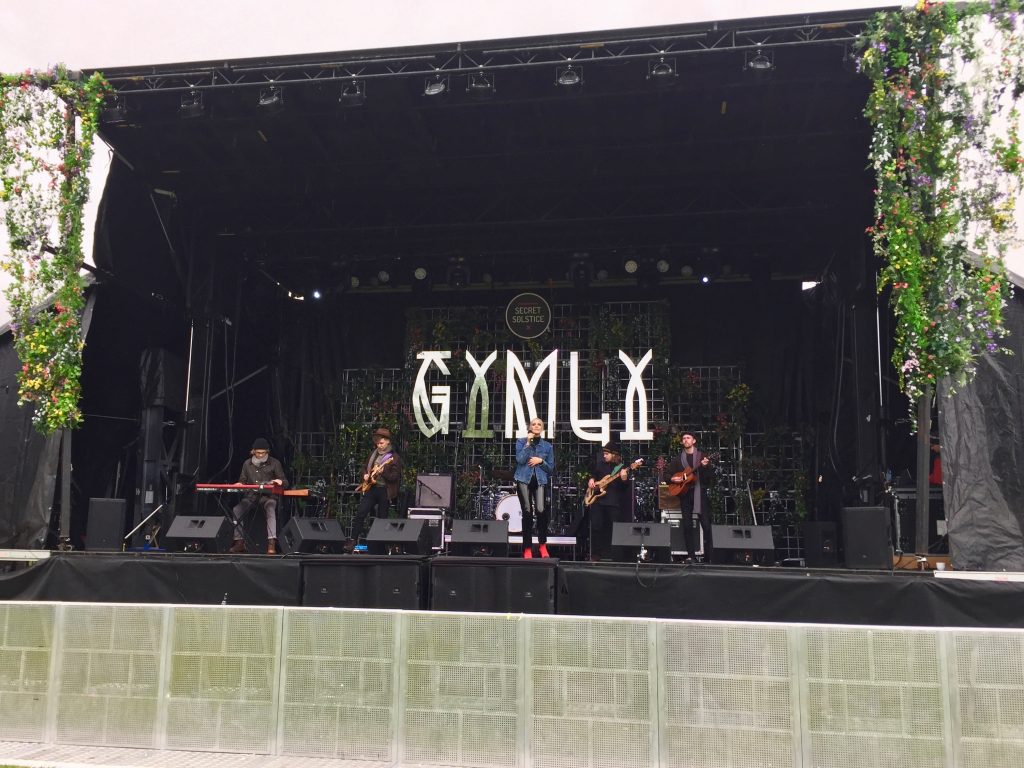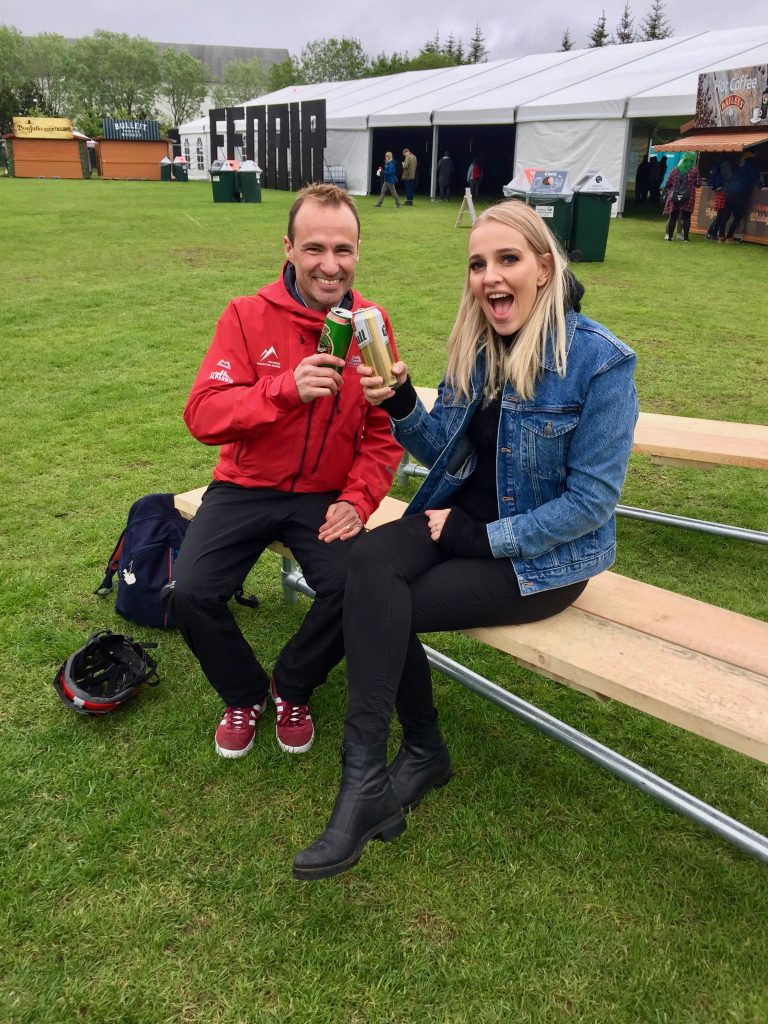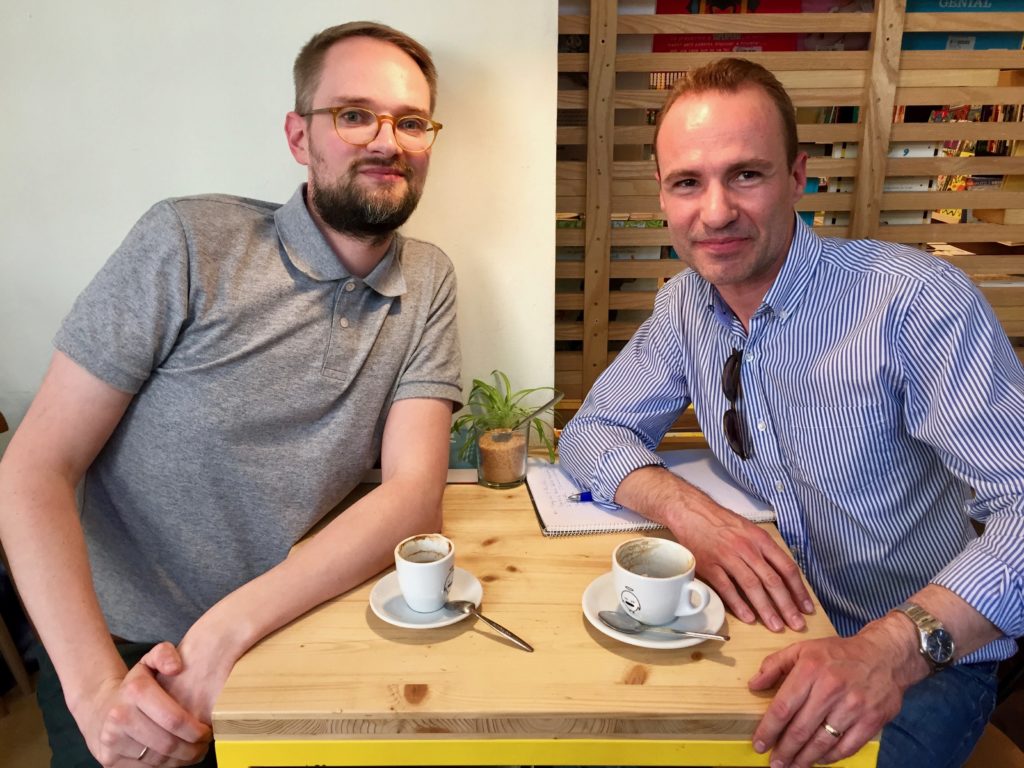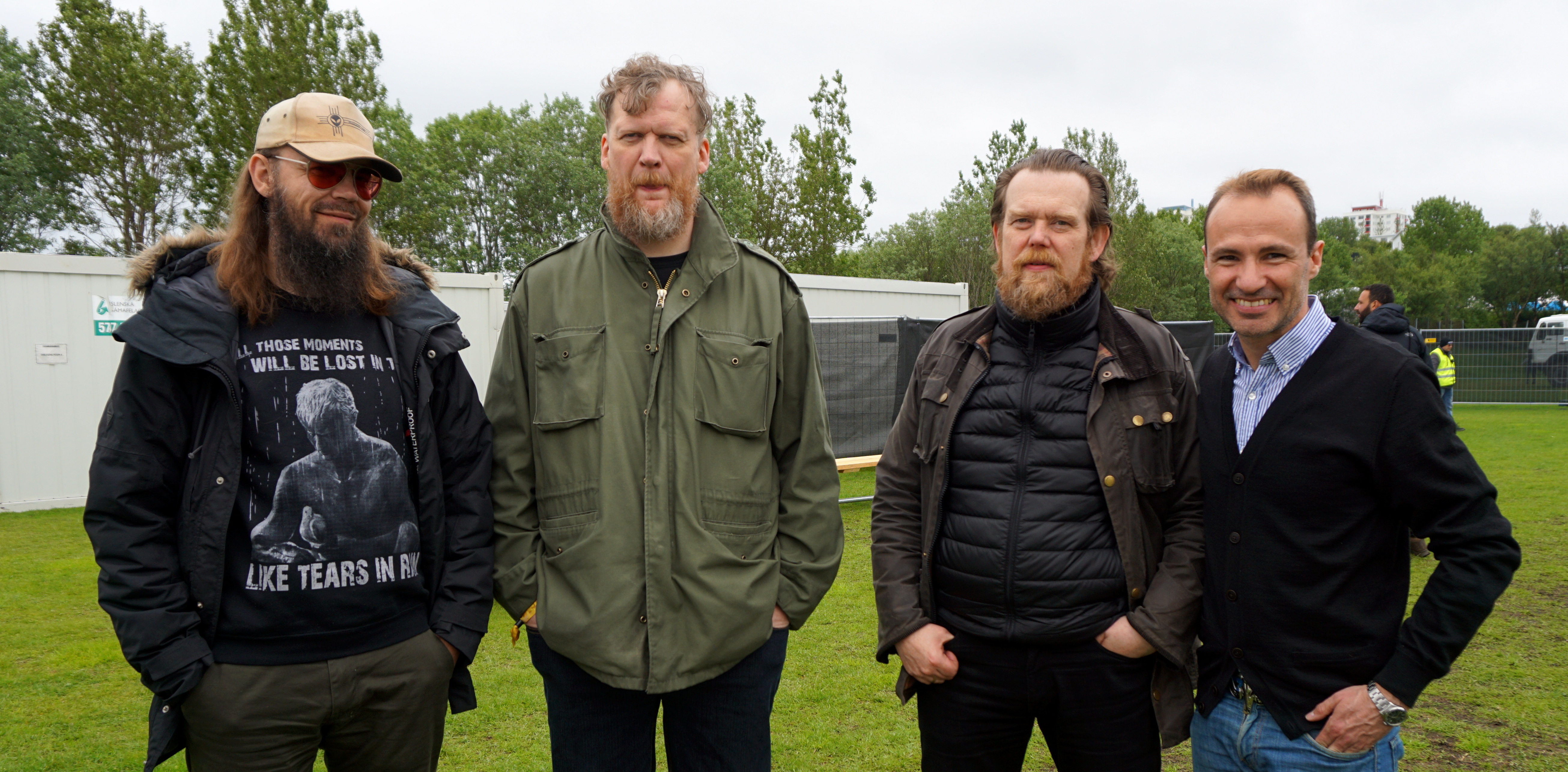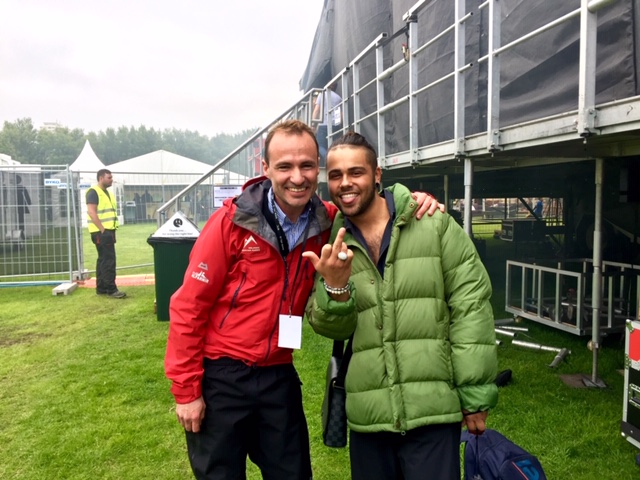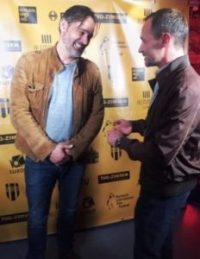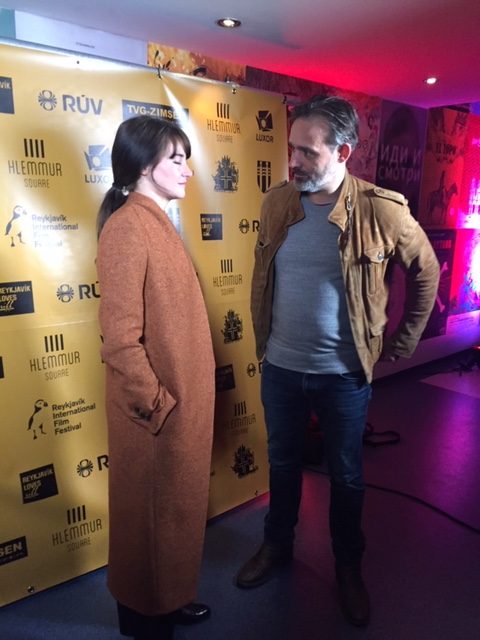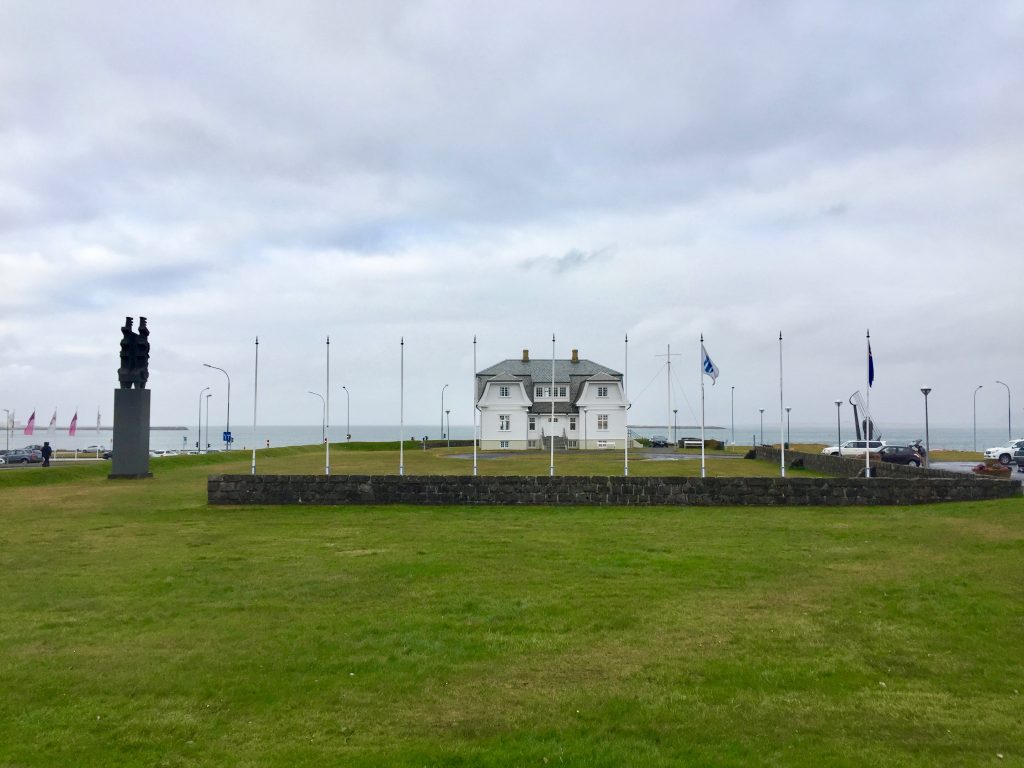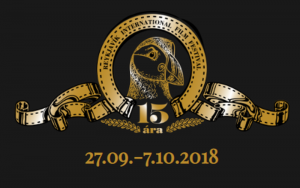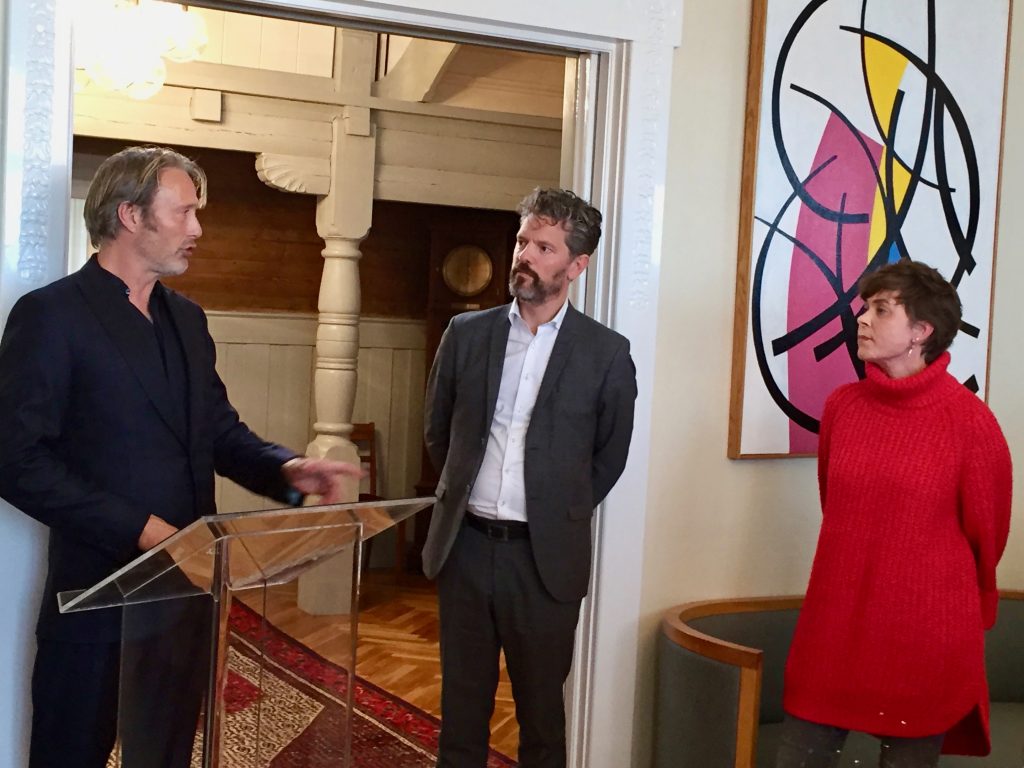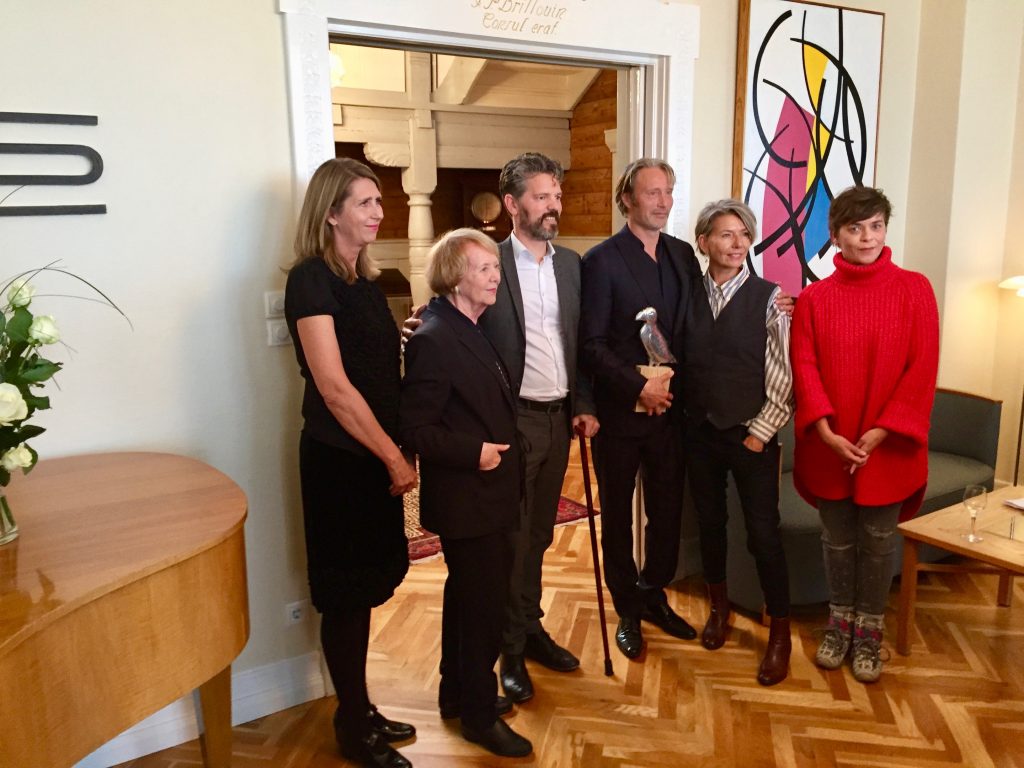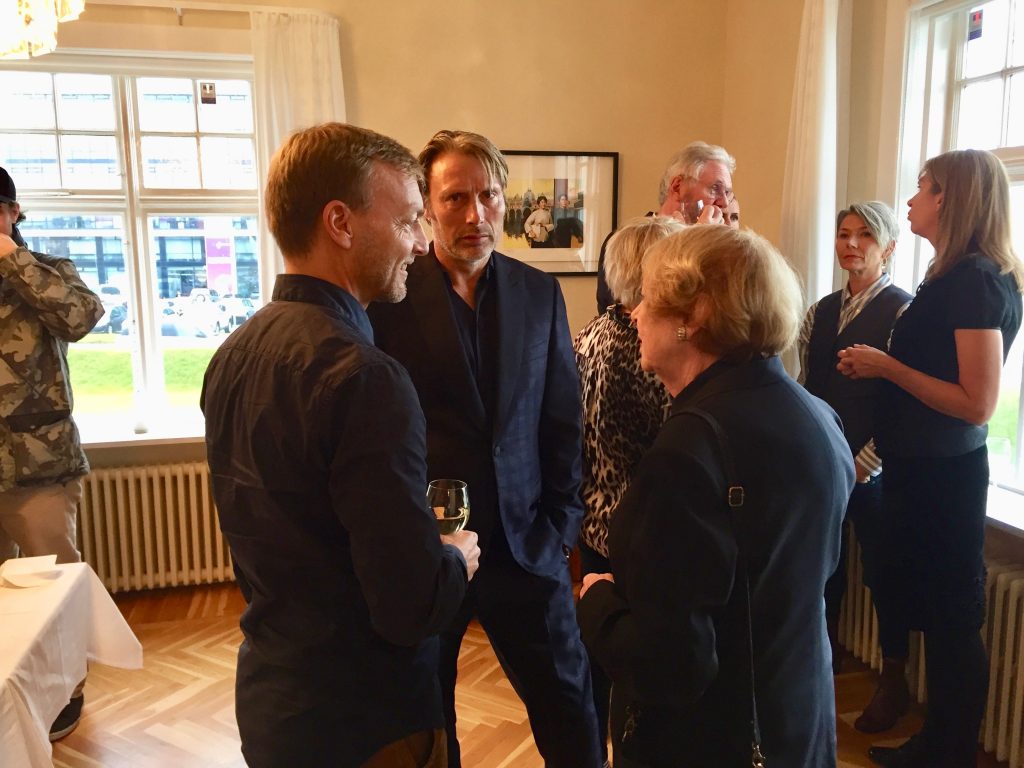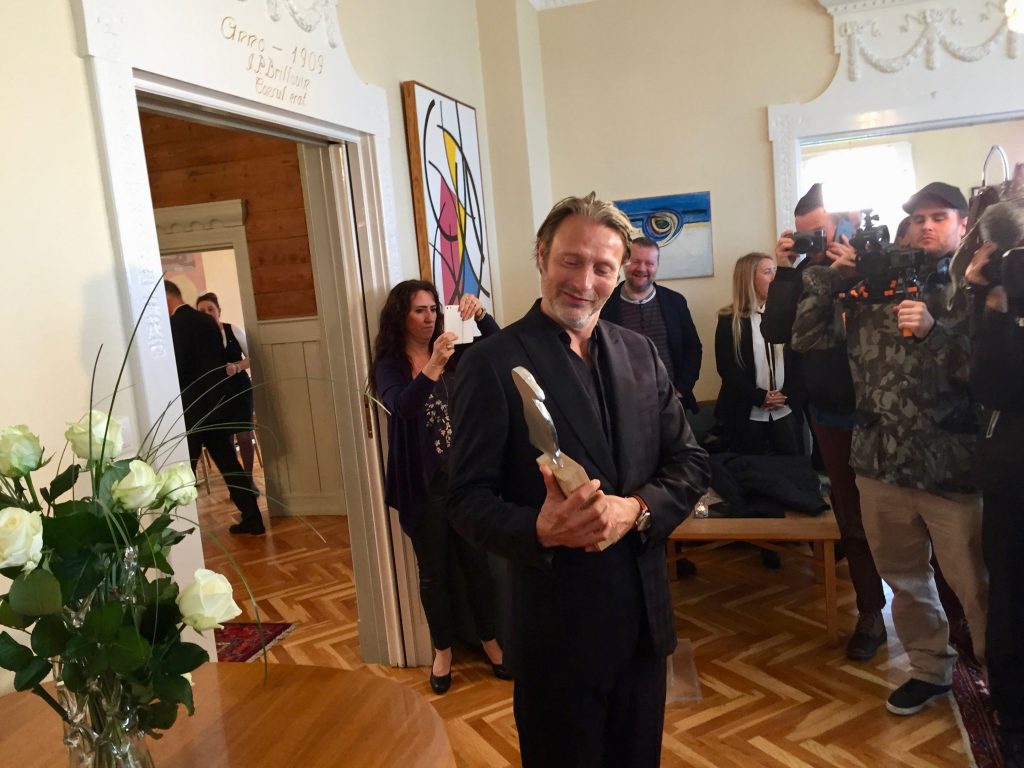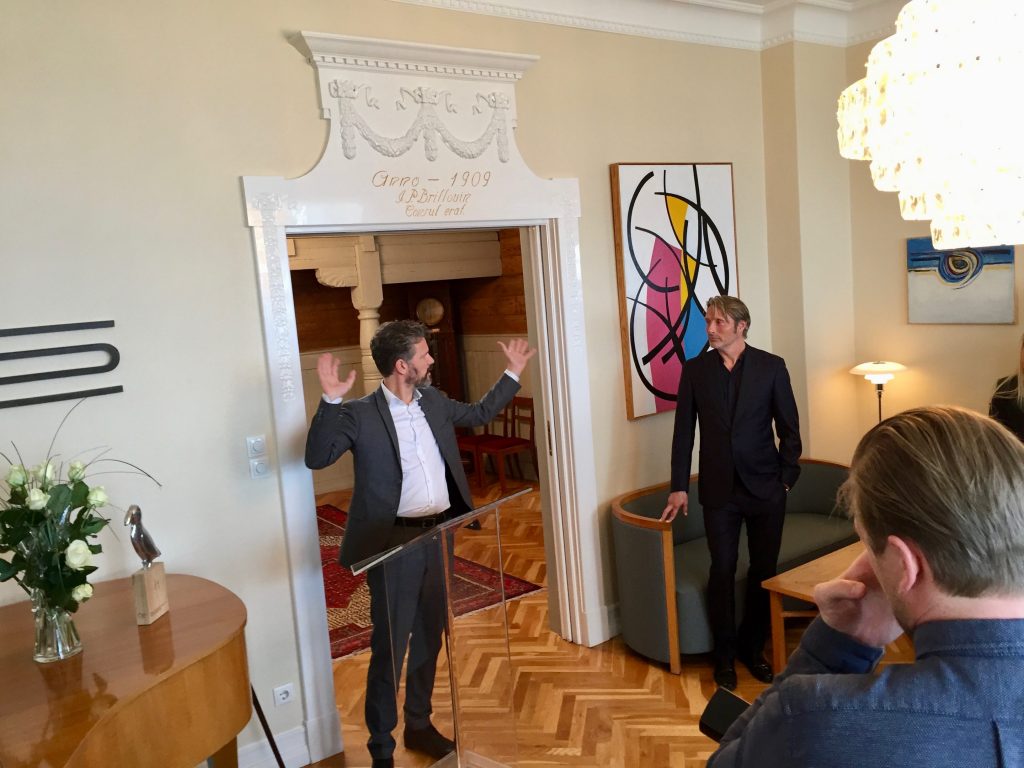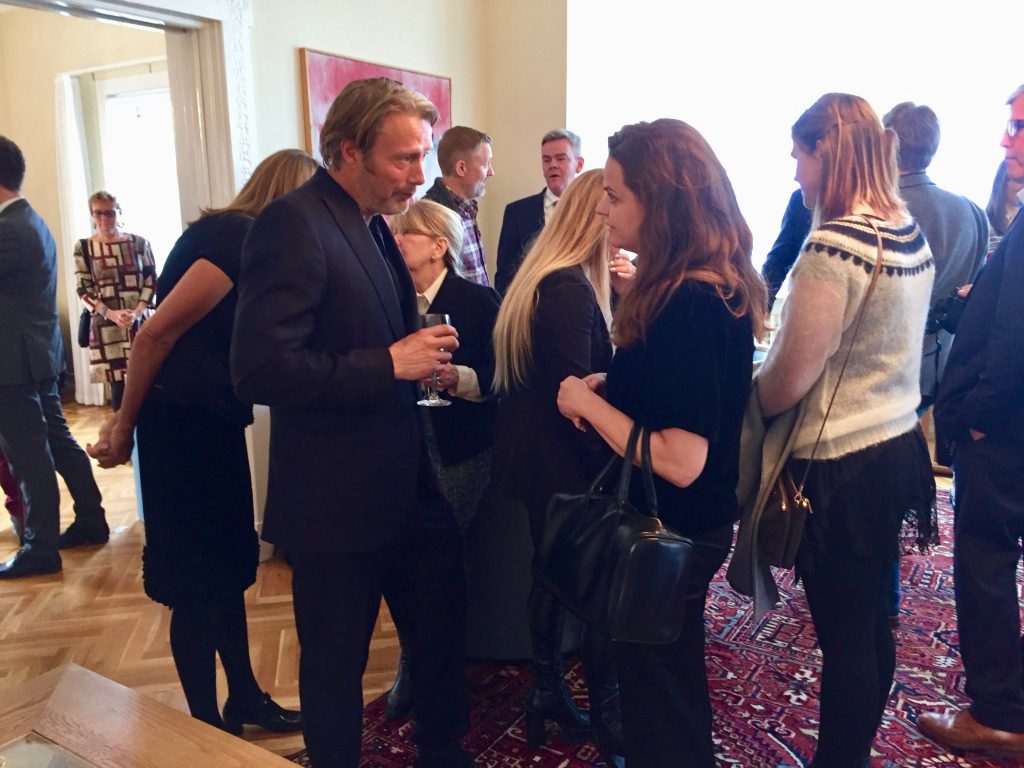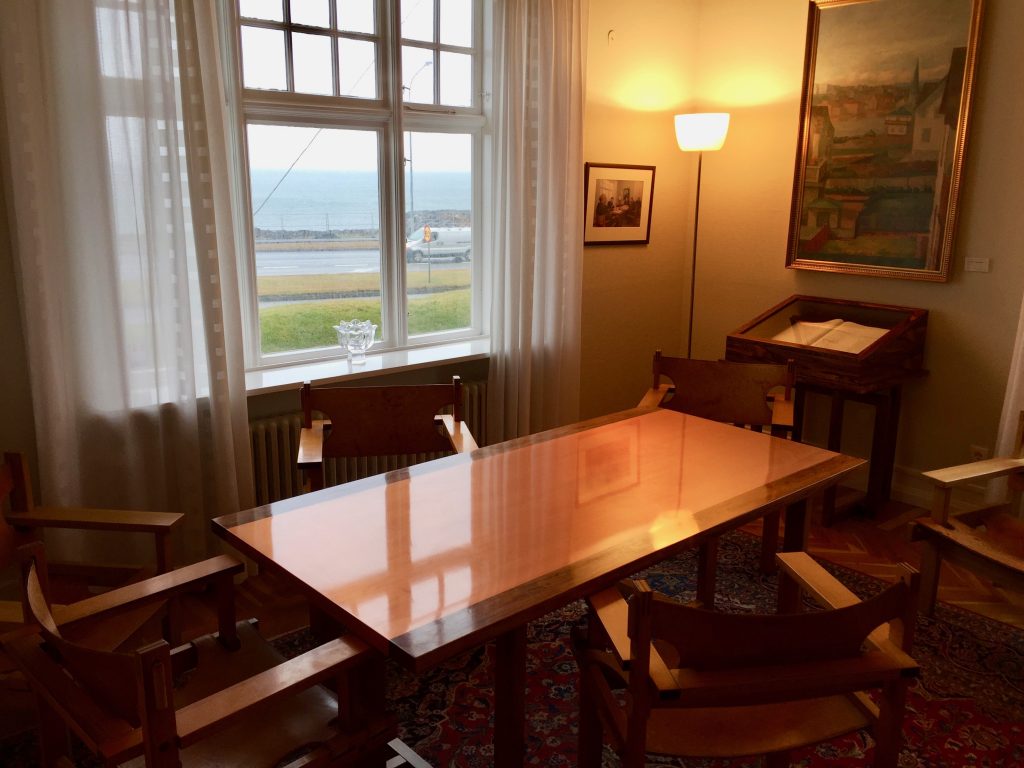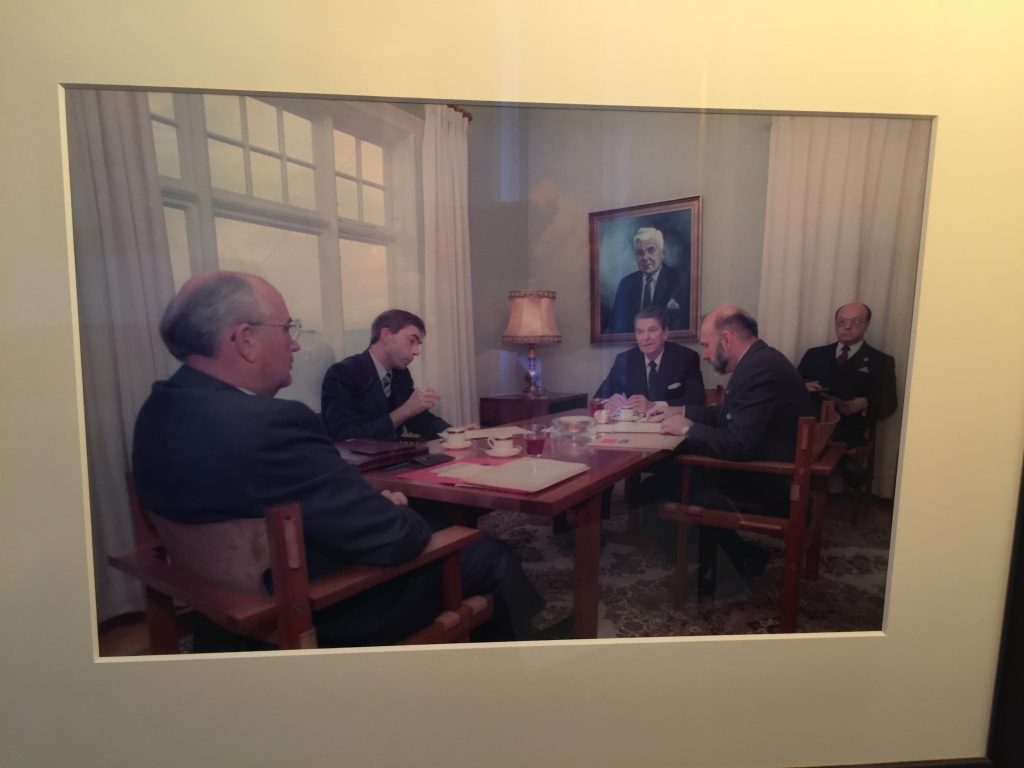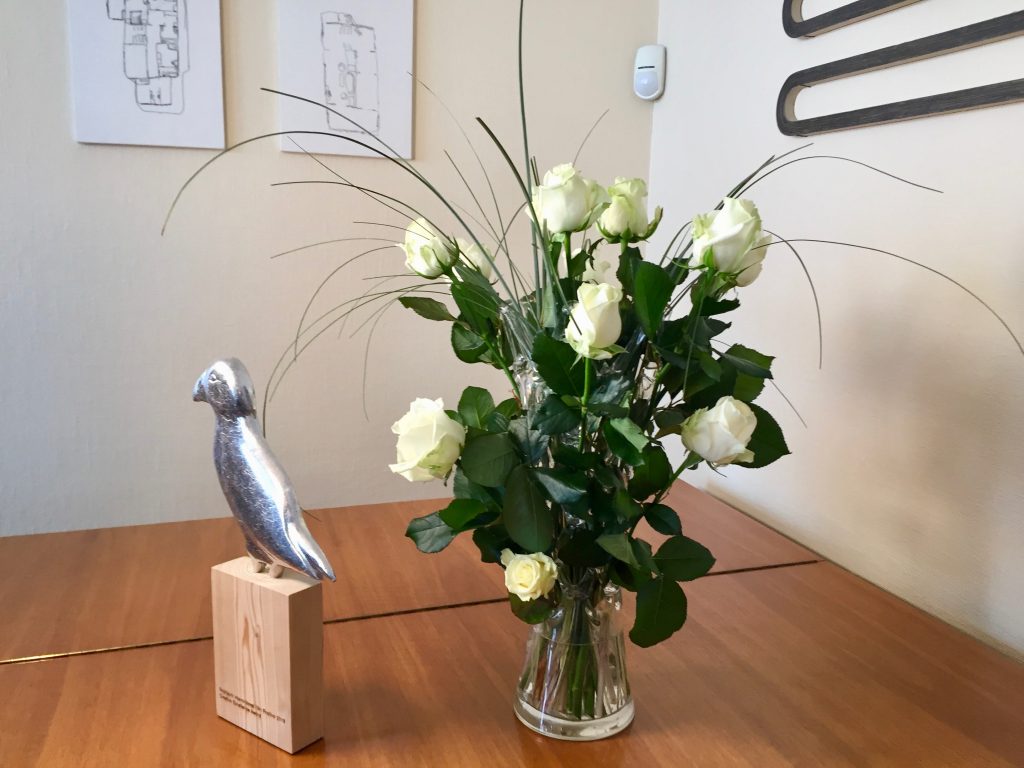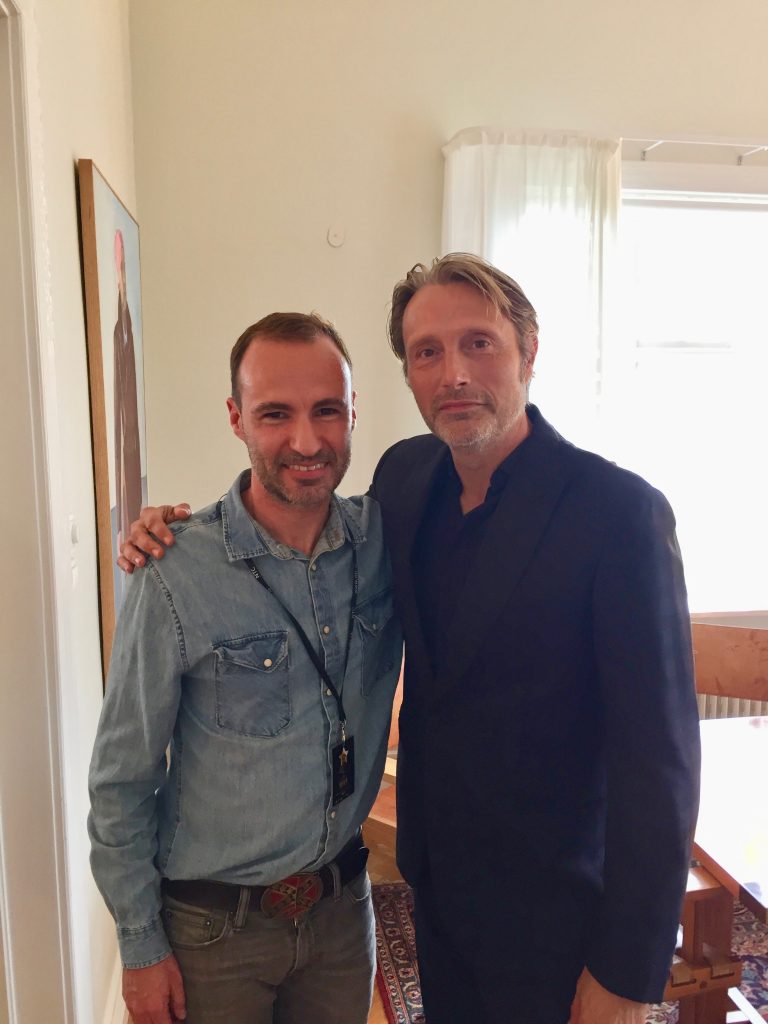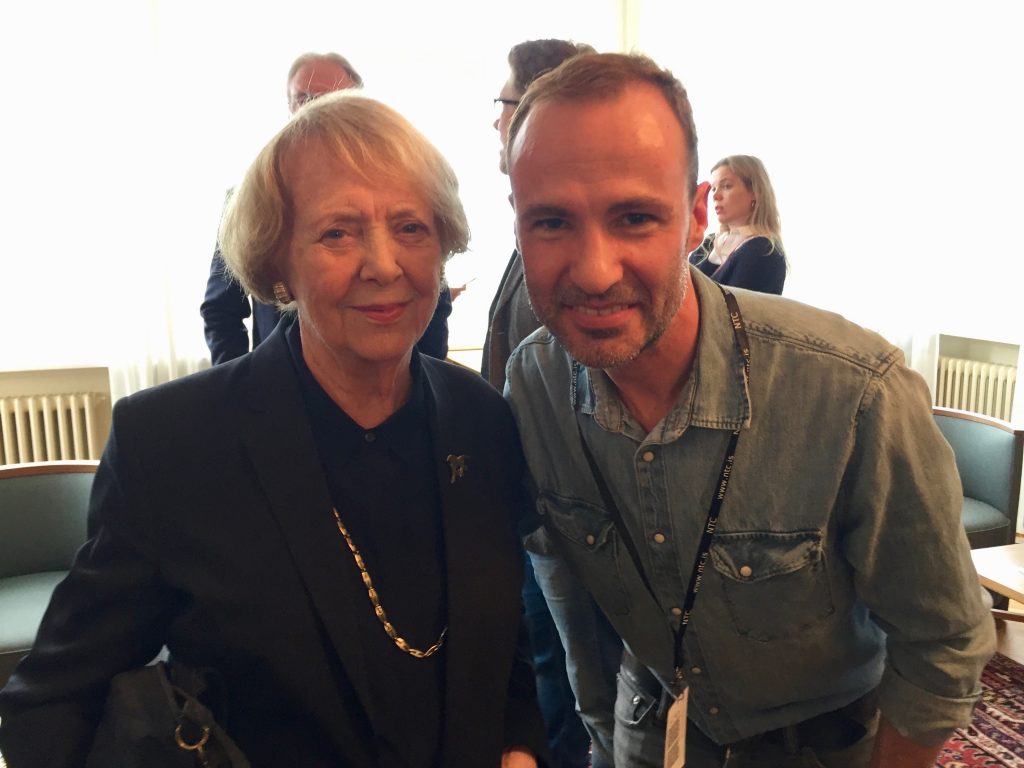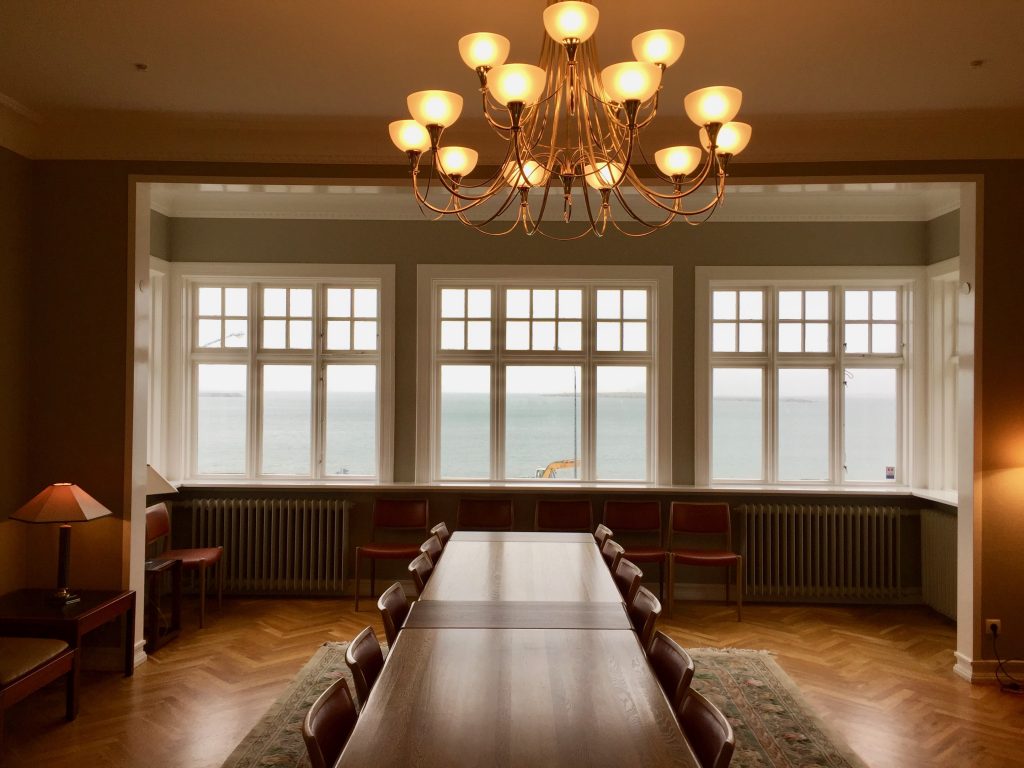Photographer Kim Manresa interview is an article by the Spanish writer in Iceland Jordi Pujolá, with the support of Icelandic Mountain Guides. 15 % discount using code ESCRITOR2018
That article is part of my project La Contra Islandia that puts Icelandic and Spanish cultures in contact
In life there are 2 kind of people: the ones who catch the moment and the ones that let it go. Kim Manresa has travelled the world no speaking languages, with no driving license and second hand cameras and has won more than 30 awards
Read the full article in Spanish
Don´t miss:
- The 10 tips to go to Barcelona
- How are the Icelanders? 10 things
- Interview in Morgunblaðið
- Second interview Morgunblaðið
- 10 top wines in Iceland Vínbúðin
- The Interview to Árni Þórarinsson
- Interview to Andri Snær Magnason
- The Interview to Hallgrímur Helgason
- Interview to Sjón
- The interview to Blaz Roca
- An Interview to Vök (band music)
- Interview to Halldór Már (guitar and showman in TV3)
- The interview to HAM
- Interview Agent Fresco
- Interview to Úlfur Úlfur
- The interview to JóiPé x Króli
- Úa publisher of Forlagið
- Óttar Norðfjörður interview
- Interview to Aron Can
- Baltasar Kormákur interview
- Mexico Guadalajara Book Fair
- Victor del Árbol writer
«I did the documentary of Kadi´s female circumcision with a 60€ camera»
He is one of the best photographers in Europe, old school, rebellious and brave
Kim Manresa 5 characteristics of him
5 features of the Catalan photojournalist Kim Manresa (Barcelona 1961) are he has travelled the world no speaking any foreign language, no driving license, no watch, doesn´t swim and uses cameras he buys second hand and exchanges for slingshots or just give them when he finishes the project
He says: «to make people believe they need to buy 5000€ cameras to be good photographers is a fraud»

When he was 8 years old, after finishing a trading card collection of the countries of the world, he told his father he wanted to leave Spain and start visiting all of them: «I need to start now because the world is too big»
The writer Vázquez Montalbán wanted his plastic camera´s pictures taken with
In Franco´s times, Vázquez Montalbán and the journalist Huertas Claverías were looking for some pictures of the 1st. of May demonstration on the working class areas. One neighbour told them there was a boy taking photos with a plastic camera. They looked for Kim, published all of them and eventually sold them to a Nordic TV channel

He bought the flat of their parents with 13 years
Kim´s parents bought a new apartment and were leaving the one they were renting out for many years. Kim asked them to stay: «Can I stay if I pay the rent and don´t ask any money nor help to eat and wash?»
His parents accepted because they thought Kim would last in the flat alone just a few days; however, Kim used the flat as a clandestine lab (in Franco´s times no shop wanted to develop pictures of the conflict) and started earning money as a professional photographer when he was only 13 years old, he finished buying the flat
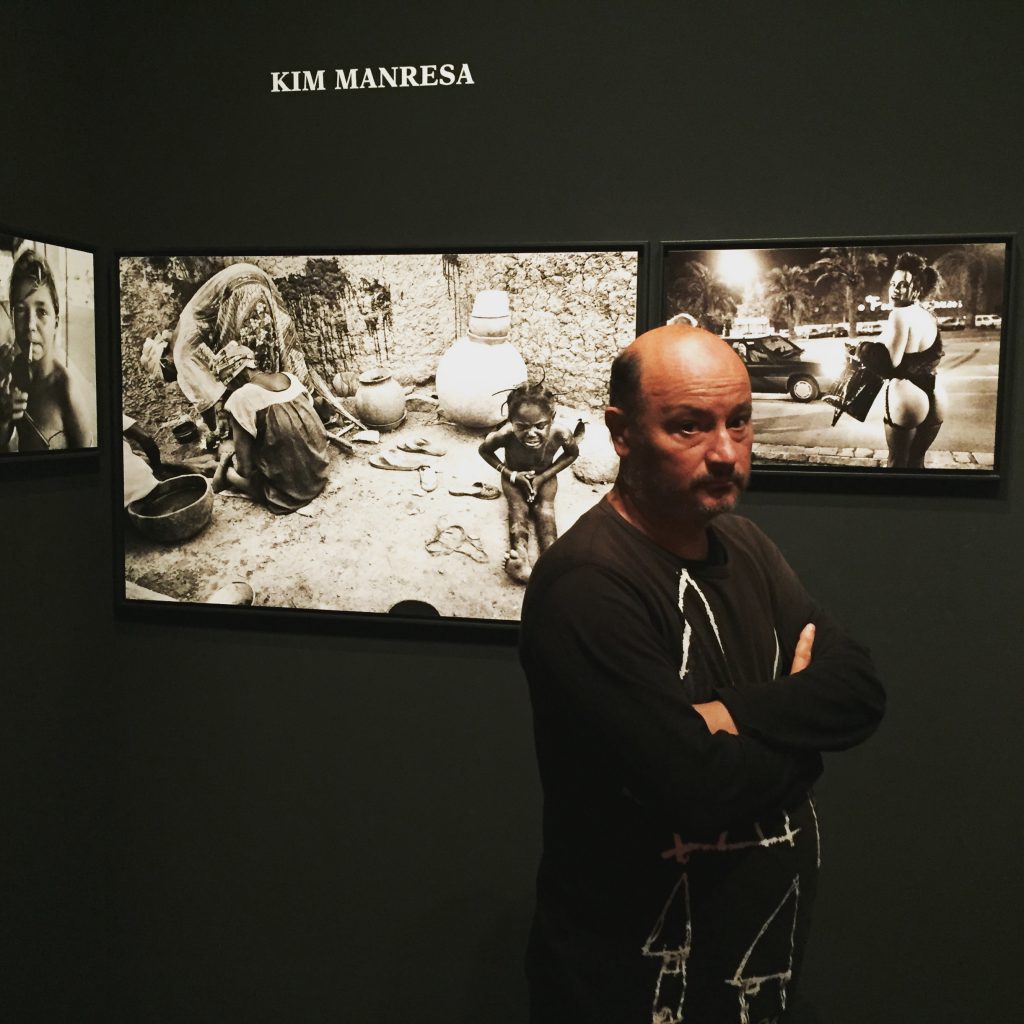
He admits their parents were open minded and took care of him without killing his curiosity and creativity
«If my father saw me climbing a tree, he didn´t forbid it to me, the next day he brought a ladder made by ropes…»
He is leaving La Vanguardia newspaper after 40 years
He started in the prestigious La Vanguardia when he was 23 years and now, five years before the retirement, he quits, why?
«Let´s say the policy of the newspaper has changed a lot, we don´t think the same any more and I didn´t want to be working in a bad mood my last years »
A popular photographer
Kim Manresa has won many awards, his pictures are in the best international exhibitions, he has more than 50 books of photography published, but he doesn´t play the role of a celebrity, he is very concerned about social conflicts

«I ended as a photographer by chance, I started because my passions are travelling, adventure, anthropology, archaeology… so the photography has been more a mean than a goal»
Did you do any documentary about the conflict in Catalonia?
Kim is a photographer interested in catching the situations from a different angle
«No. There are 50.000 photographers doing exactly the same. Nevertheless, I think the documentaries about the independence of Catalonia are not complete, they are partial, they are missing the opinion of people who doesn´t want to the independence from Spain
Read the opinion of Óttar Norðfjörð, Icelandic writer living in Barcelona

I don´t do a project of the Catalan conflict because if I did it, it would show the side of the people against the independence and it would bring me negative consequences
¿What do you think about the independence of Catalonia?
«Above all, I advocate for freedom of expression and no political prisoners
Second, both sides (Catalan and Spanish) have behaved badly
The Spanish government should have allowed the referendum in Catalonia with the warning that it was not a binding voting. So the Catalans would have had their party with no frustration
The result now is people feel the politicians have hurt their feelings like in the Arab Spring
And the prohibition of the Catalonia´s autonomy by the Spanish Government has caused a lot of damage on the Catalan population
As a conclusion, the politicians make pledges to gain votes, but they don´t care for the population. If people talk about football or independence, they forget more serious problems such us unemployment, health system, education, retirement pensions, etc.
For instance, many people are stealing money and no one goes to prison»
Catalan parties will end like the ones in the Arab Spring
«How a conservative party as Convergencia i Unió (CIU) can join the independence movement and associate with an anti-establishment party as CUP?
The only thing they have in common now is independence, but is that enough to form a government? I would say they are going to argue all the time because they have different ideology, it´s an unnatural coalition»

«Therefore independence is pointless if we are going to end like Bosnia, Serbia or Siria. All against all
I am very disappointed with the politicians I voted to. The show is very embarrassing»
23 Literature Nobel Prize Exhibition with Xavi Ayén
The idea of opening an exhibition of 23 Literature Nobel prizes turned out when Kim Manresa asked the journalist Xavi Ayén help to contact to some writers to provide texts for the pictures he did about Education in the World. It was a coincidence they collected some Nobel prizes in the beginning, afterwards they went to get more and the documentary was published with great success in the Magazine of La Vanguardia newspaper
A rebellious and brave photographer
Kim Manresa suggested to do the interviews in the writer´s habitats, so they visited them in their countries

So Xavi wrote the interviews and Kim took the pictures, always B/W because he doesn´t want the audience to be distracted by things out of his proposal
Wole Soyinka anecdote
The anecdote of the Nobel Prize Wole Soyinka
Xavi had already made plans to visit him in at the New York´s University where Wole gives classes; but Kim insisted on interviewing him in Nigeria, his country. Xavi was really scared in the beginning because is one of the most dangerous countries in the world. Wole really liked the idea and sent 2 bodyguards to the airport to escort them and everything went smooth. A very nice and interesting experience

An exhibition for the history
The Nobel exhibition is having a great success. It started up in the Stockholm Nobel Museum and later on went to Barcelona (Caixa Forum), Lisbon (Jose Saramago Fundation)… and we are going to bring it to Reykjavik and connected to the Literature Icelandic Nobel Prize Halldór Laxness
On the list are: Vargas Llosa, Günter Grass, Gabriel García Márquez, Toni Morrison, José Saramago…
Kim says: «Every country customize the exhibition according their preferences:
For instance, in México was: Rebelliousness´ Nobel. Every Nobel supported a cause: deforestation, human rights, Apartheid…
In Sweden it was called: How literature changes human´s mentality and the focused in only 14 authors
In Barcelona (Catalonia), they didn´t want to have nothing to do with rebellious things and named it Going for a walk with Nobels»
Documentary of Guadalajara Book Fair México 2018
The world has changed for worse
Are you not scare of travelling the world alone?
«The world has changed a lot in a negative side since the Irak´s war and breakup of Libia. Now I always travel with someone. Nevertheless, in the past I left the country alone, but I always looked for new friends who talked Spanish and drove for me . For instance in Búrkína Fasó (here the Kadi´s documentary was born), Brazil or India. After 40 years I have friends in all the world

The problem is the middle class is vanishing and the gap between rich and poor gets bigger in the world
It´s unacceptable when people value emergent countries for the number of millionaires they have, the most of their population is starving»
Kim Manresa style
«Sometimes I go the place I want to take the pictures but I don´t take any. Before starting I need to understand a bit the story, to plan the action like a writer or a painter. I don´t consider myself a photographer, I am a storyteller»
The burnt women in Bangladesh
Hi did an excellent project of the burnt woman in Bangladesh. They were in Spain to get a cosmetic surgery treatment
«To take pictures of a burnt face is extremely easy. All the photographers took the same picture, but I wanted to do something different: I stayed with them one week, every morning I went to the hospital in Valencia and talked to them. One day I made up my face and they laughed. For the first time after getting hurt they felt woman. I think I have never seen people laughing so crazily. Then we started a war of pillows. The doctors, who never talked to them, were very shocked for the changes that were happening in that room

When they were relaxed, I gave them my camera and they took pictures of me. Eventually, they allowed me to photograph them. However, the documentary had started days before, it was a process. I never take pictures without knowing the people. I look for mutual understanding or I am not interested at all»
The money goes to charity
It happened the same with the female circumcision of the little Kadi (it´s considered by the Associated Press Agency one of the 100 documentaries of XX century)
His friend in Búrkína Fasó told him about the ritual. Kim went but he didn´t take a single picture. He stayed with the tribe, one week later took the pictures

He says he did that project with a second hand camera of 60 €
Besides that, he gives the most of the money to charity projects

The hard life of photojournalists
The most of them are divorced and he is not an exemption. They are all the time travelling and risking their lives. Not to much time for a family

Iceland: «I am not interested in Reykjavik because a lot of photographers did it before«
Kim Manresa was recently doing a documentary with Xavi Ayén in Iceland, but his first time was 25 years ago with a theatre group called Els Comediants. They performed on the streets disguised like devils and using fireworks, so the show was very new and shocking for Icelanders
«At that time there was not tourism in Iceland and the Blue Lagoon was a simple and rough pool»
«What I really like to do is to take pictures of the people who live in isolated areas , especially in winter time
I´not interested in Reykjavik. All the photographers do the same, as in Barcelona: Sagrada Familia, Paseig de Gracias, Las Ramblas…»
Favourite photographers
«Edward Sheriff Curtis is my favourite because travelled all the Estates and took pictures of all the tribes with his plate camera. I love his book The North American Indian»

Photographer Kim Manresa interview is an article by the Spanish writer in Iceland Jordi Pujolá
Awards (Wikipedia)
- Premio FotoPress – 6 veces, entre ellas:
- Primer premio FotoPress 1990: foto Vuelo de pájaro
- Primer premio FotoPress 1999: foto La ablación
- Premios FotoPres de deporte, naturaleza, retrato y sociedad
- 1993 Premio Sant Francesc de Sales, Patrón de los Periodistas
- 1994 Premio periodístico Ajuntament de Barcelona. Temas sociales
- Premio Ajuntament de Barcelona. Àrea de Cultura, por Festes de la Mercè
- Fotògrafo invitado por el Ajuntament de Barcelona a la fiesta mayor. Exposición Mercè de nit. Catálogo y trofeo
- 1998 Premio Godó de Fotoperiodismo por una instantánea sobre la ablación en el África subsahariana, publicada en la revista dominical de La Vanguardia
- 1999 Primer Premio de Fotoperiodismo Agustí Centelles, por Concierto de los Rolling Stones
- Medalla de plata de Fotoperiodismo de la Society of Newpaper Design (Estados Unidos), por Historias de África
- Premio de la Society of Newspaper Design (Estados Unidos), por el reportaje y libro El molino
- 1998 La agencia de prensa Associated Press selecciona El día que la Kadi perdió parte de su vida como uno de los mejores 100 fotoreportajes del siglo XX
- 1998 Visa d’Or del Festival Internacional de Fotoperiodismo de Perpiñán Visa pour l’Image, por El día que la Kadi perdió parte de su vida
- 1999 Premio Lirio, otorgado por la Associació de Dones Periodistes, por Mujeres maltratadas
- 1999 Finalista al mejor libro educativo publicado en lengua inglesa por el Ministerio de Cultura de Australia, por The Day Kadi Lost Part of Her Life (Spinifex Press)
- Primer Premio Internacional Derechos Humanos y Periodismo Ciudad de Gijón. Semana Internacional del Fotoperiodismo Gijón, por Historia sobre Kadi y Sali
- 2001 Premio UNICEF de periodismo, junto a David Drusster, por La infancia en el siglo XXI (trabajo realizado durante tres meses por las calles de Brasil)
- Premio al mejor libro documental concedido por la revista Foto a Barcelona nit
- Mención de honor premio Fuji de prensa por el reportaje Mujeres de Bangladesh
- Segundo premio Ortega y Gasset de fotoperiodismo, mención especial, por Historias de África
- Finalista al premio Ortega y Gasset de fotoperiodismo, por El Muro de Berlín
- Premio Fotografía y Antropología, por Los guanches
- Primer premio Fotografía Documental Barcelona, por Payeses del Pirineo
- Primer premio de Fotoperiodismp Vila de Gràcia, Ajuntament de Barcelona, por Fiestas de Gràcia
- 2011 Premio a la trayectoria y por su compromiso con los derechos humanos, Junta de Andalucía y Asociación Andaluza del Dolor y Asistencia Continuada
- 2011 VI Memorial Joan Gomis, en reconocimiento a personas, instituciones o colectivos que hacen periodismo orientado a luchar contra las desigualdades, la pobreza y la exclusión social, por su trayectoria
- 2012 Premio Derechos de la Infancia y el Periodismo, de la Asociación de la Prensa de Madrid y el Defensor del Menor de la Comunidad de Madrid
- 2015 Rebeldía de Nobel es escogido uno de los mejores libros del año en Corea del Sur
- 2015 Pregonero de la fiesta mayor de Nou Barris, Barcelona
En 1992 la revista francesa Photo seleccionó a Kim Manresa como un de los grandes fotógrafos europeos.
El reportaje El día que la Kadi perdió parte su vida ha recibido infinidad de premios a nivel nacional e internacional: El Visa d’Or pour l’Image de Perpiñán, el Godó de Fotoperiodismo, la medalla de plata de fotoperiodismo de la Society of Newspaper Design, el FotoPress’99…

